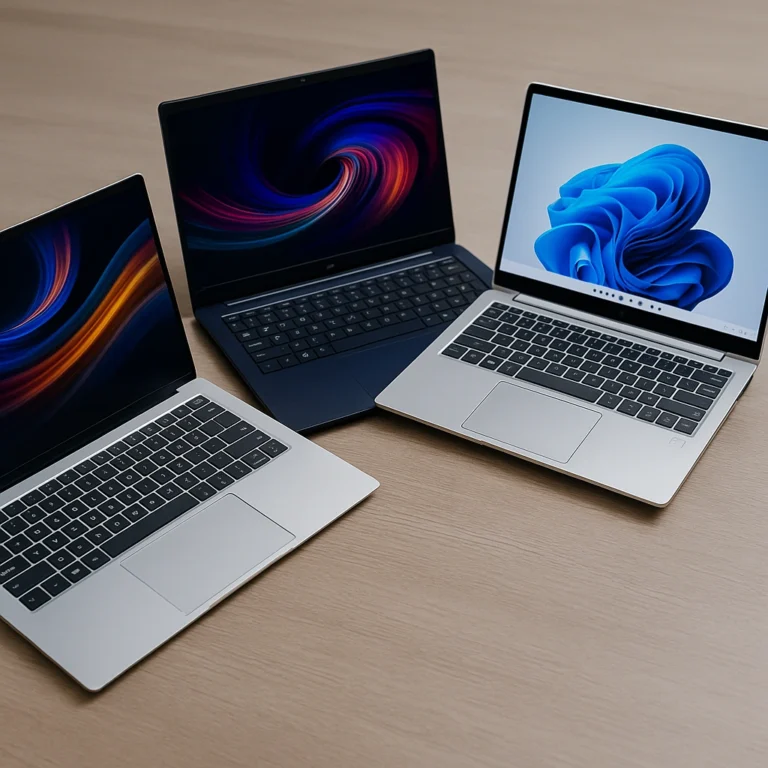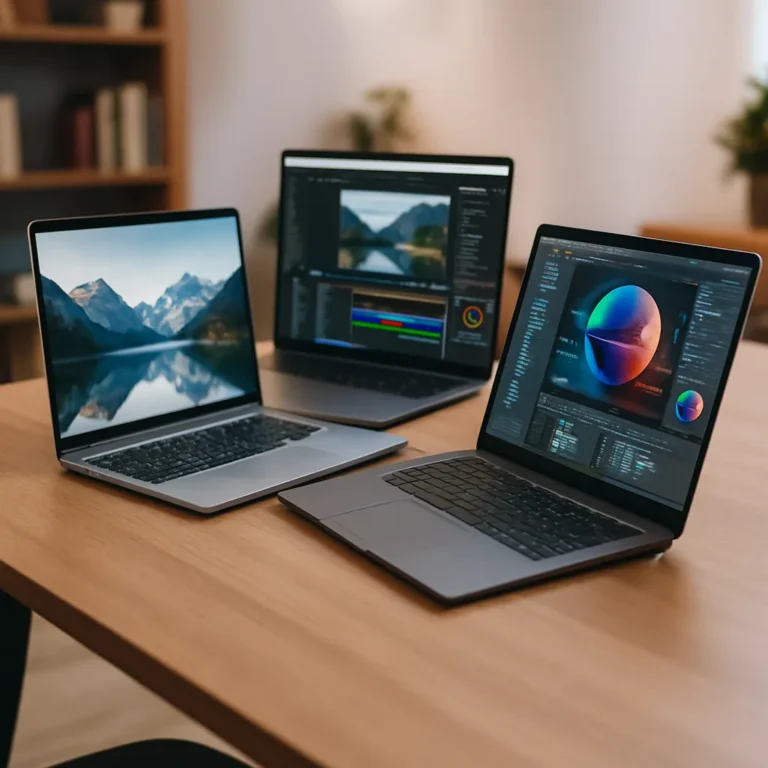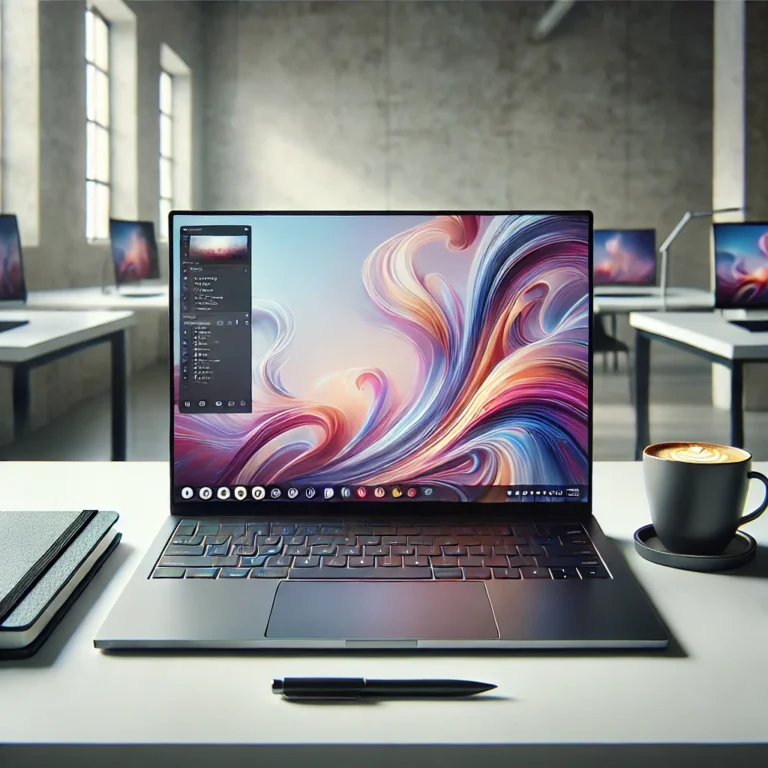13 Inch Laptop vs 15 Inch Laptop: How to Choose Based on Performance, Portability, and Price
When it comes to choosing a new laptop, size is more than just a number—it’s a lifestyle choice. Whether you’re a student hustling between classes, a professional juggling remote meetings, or a creative editing your next big project, the size of your laptop can dramatically impact your experience. The most debated duo? The 13-inch and 15-inch laptops. Both are popular for good reason, but which is right for you?
Portability vs Productivity: The Core Dilemma
The 13-inch laptop is the undisputed champ of portability. It slips into almost any backpack, weighs less on your shoulder, and is ideal for working on the go. Its compact form makes it perfect for travelers, commuters, and minimalist users who value convenience above all.
On the other hand, a 15-inch laptop offers a noticeably larger screen and often more powerful specs. That makes it a great pick for productivity-heavy tasks like video editing, data analysis, or multitasking with multiple windows open. If your laptop rarely leaves your desk, or if you connect it to an external monitor only occasionally, the 15-inch option is worth considering.
Performance Trade-Offs
13-inch laptops typically come with lower-wattage processors to preserve battery life and minimize heat. That doesn’t mean they lack power—many modern models pack a serious punch for daily tasks and even light creative workloads. However, for users needing dedicated GPUs or higher-core CPUs, 15-inch laptops tend to provide those options.
Many 15-inch models are geared toward power users. They often include better thermals, larger batteries, and room for more RAM and storage. You’ll find high-performance options like gaming laptops, content creation machines, and mobile workstations, mostly in this size.
Keyboard and Display Experience
Typing on a 13-inch laptop might feel cramped if you have larger hands or spend hours writing. The 15-inch layout often includes a full-sized keyboard or even a numpad, which can be a game-changer for those in finance, data entry, or programming.
Display real estate also matters. A 15-inch screen gives you more room for multitasking and a more immersive experience for streaming or creative work. For users who rely heavily on visuals or want better ergonomic spacing, the extra inches are more than cosmetic—they’re functional.
Battery Life and Heat Management
Smaller laptops generally have better battery life, especially models with efficient processors. However, they have less room for thermal cooling, which might throttle performance during intense tasks.
While 15-inch laptops are sometimes less battery efficient, they usually handle heat better due to bigger internal fans and space for airflow. This is essential for gamers, engineers, or anyone running demanding software.
Pricing and Value
Generally, 13-inch laptops are more affordable, but high-end ultrabooks in this size can get pricey. With 15-inch models, you often get more for your money in terms of hardware—but they can also cost more if you’re opting for premium specs.
If you’re looking for value and only need basic functionality, a 13-inch model might suffice. But if you’re investing in your productivity or creative work, the higher price tag of a 15-inch model could be justified.
Conclusion
Choosing between a 13-inch and 15-inch laptop isn’t about which is better universally—it’s about what’s better for you. The 13-inch wins for mobility and simplicity. The 15-inch wins for power and screen space. Evaluate your daily routine, performance needs, and how often you’re carrying your device. That’s the real key to making the right decision.







